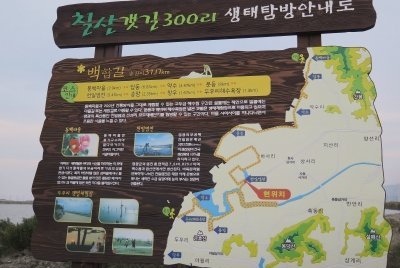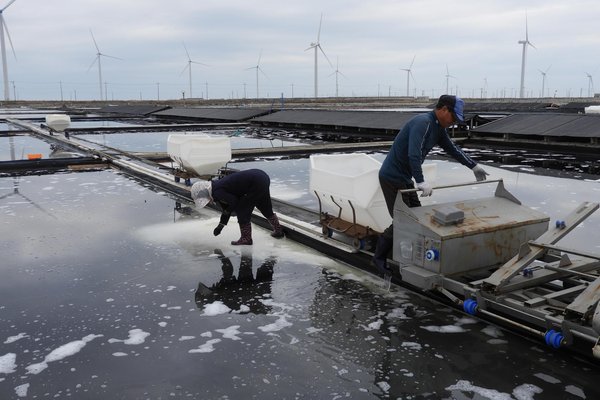Republic of Korea
Salterns
The salterns in Sinan-gun and Yeonggwanggun date back to the late Joseon Dynasty in the 19th century when the process of making sea salt was first introduced from Japan. Salterns mark the borders between tidal flats and human habitats; they straddle the line between nature and culture. The largest salterns (Taepyeong) where sea salt is produced in Korea developed in regions of historical significance where "parched salt" was produced in harmony with the natural environment.
Site Info
Official Information
- Full Name
- Salterns (ID: 5484)
- Country
- Republic of Korea
- Status
-
On tentative list 2010
Site history
History of Salterns
- 2010: Added to Tentative List
- Added to tentative list
- Type
- Cultural
- Criteria
Links
- UNESCO
- whc.unesco.org
All Links
UNESCO.org
- whc.unesco.org — whc.unesco.org
Community Information
- Community Category
- Human activity: Agriculture
Travel Information
Recent Connections
News
No news.
Community Reviews
Show full reviews
These salterns, or salt farms as I refer to it, are probably the least visited place on all tourist attractions in the entire country. To visit you naturally need a car. There are surely no tours to visit the area. Judging from the picture I was smack in the middle of some sort of coastal walk that reaches the saltern area half way (the red You Are Here points to the salterns). Thus there must be some kind of interest in the area aside for the salt.
As for the salt farms, you can find exactly what their description implies: reservoirs, evaporation ponds, and crystallization ponds. I'm not sure what the haeju are supposed to look like are but you can see salt silos, and resident facilities, with the latter being alongside the main road before you go into the marshes (even had an English sign to point it out). You get funny look driving in and they are not exactly unfriendly folk around here but must be wondering why someone is driving through the work areas.
As there are many salt farms around the world I am wondering what makes this so unique. Even the description explains that there are many salterns around the world. Salt making is a big cultural heritage, surely, but does this mean the world needs to see it as being unique? So the salt making process is different, the human settlement had blended in with the environment which is hard to spot now as …
Keep reading 0 comments
